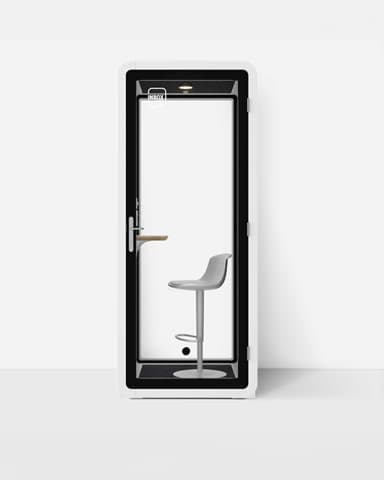Office Culture
When we talk about building and nurturing our office culture, it can feel like the words “diversity” and “inclusion” get thrown around a lot these days. But the truth is, diversity and inclusion are so much more than trendy buzzwords or boxes to check.
What Does Diversity and Inclusion in the Workplace Mean?
According to the Canadian Centre for Occupational Health and Safety, diversity and inclusion in the workplace refers to the “fair treatment and full participation of all people, especially populations that have historically been underrepresented or subject to discrimination because of their background, identity, disability, or other characteristics or circumstances.” This encompasses people of different
- cultures and ethnic backgrounds,
- physical or cognitive abilities, and
- gender and sexual identities.
To many, creating a diverse and inclusive office culture is seen as a matter of representation; making sure that different groups of people are visible and present in the workplace. However, for an office to be truly diverse and inclusive, the culture also needs to be equitable. This means ensuring that all people, regardless of their background or ability, have fair and impartial access to jobs, workplaces, and professional opportunities. A diverse and inclusive office culture recognizes that different people may have different needs that need to be met in order to have the same access as others.
Benefits of a Diverse and Inclusive Office Culture
Aside from being the right thing to do, taking steps to create an equitable workplace also has tangible benefits to businesses and employers. Potential benefits include:
- Access to a larger pool of talented employees: With over 8 million Canadians identifying as having some sort of disability, and more than 9.6 million Canadians identifying as members of a visible minority group, businesses that proactively build an office culture that embraces and empowers people of different backgrounds and abilities can tap into a greater number of potential employees than those that do not.
- Higher workplace engagement: A recent McKinsey & Company survey showed that, among respondents, employees who felt included in their office culture were much more likely to feel fully engaged, excited about their work, and committed to their organizations.
- Increased profitability and productivity: According to a 2022 Diversity and Inclusion (D&I) Global Market Report, diverse companies not only earn 2.5 times higher cash flow per employee, but inclusive teams are over 35% more productive.
Three Ways to Build a More Diverse and Inclusive Office Culture
Consider Your Built Environment
Many office spaces are filled with barriers that make it difficult or even impossible for people with disabilities to participate fully and independently within them. According to the Rick Hansen Foundation – which provides a rating system to measure and certify the levels of meaningful access of buildings and worksites – here are some sample questions you should be asking about your office’s physical environment:
- Are there safe, accessible routes leading to your building’s entrances?
- Are the building’s entrances accessible?
- If necessary, can all floors of the building be accessed via elevator?
- Are the washrooms available for everyone to use?
- Are working and meeting areas adaptable to meet the needs of all employees?
- Are there quiet spaces available for sensory relief and respite? (Pro tip: Inbox Booths are a great solution for employees who need quiet, private spaces to work or decompress!)
Offer Diversity, Equity, and Inclusion (D.E.I.) Training
Sometimes known as sensitivity or unconscious bias training, courses in D.E.I help everyone from employees to leadership recognize and unlearn harmful stereotypes and the implicit biases we all carry. A recent study by the Pew Research Center found that 53% of employees find D.E.I. training in the workplace to be helpful. This kind of training is a great way to build a shared understanding of what diversity and inclusion means to your organization, and what the expectations are within your office culture.
Provide Accommodations
The Canadian Human Rights Commission states that employers have a reasonable duty to accommodate the needs of their employees. This means that businesses are obligated to make adjustments to physical spaces, hiring practices, and work processes in order to ensure all people have equitable, meaningful access to opportunities and the ability to participate fully in the workplace.
While not every accommodation needs to be made (i.e. in cases where the accommodation is cost prohibitive or would create a health or safety issue), some examples of workplace accommodations could include:
- Making sure people with physical or cognitive disabilities have access to the technology and/or work station equipment needed to do their job
- Providing alternative interviewing formats during the hiring process (i.e. supplying interview questions in advance, allowing candidates to respond to questions in writing, etc.)
- Ensuring access to quiet and private areas to employees who require spaces for sensory issues, prayer, etc.
While accommodations may feel like extra work upfront, they’re an important way for employers to reduce discrimination in the workplace. Promoting and providing accommodations will help ensure your office culture is more equitable and inclusive for everyone.
Let’s talk about how you can create a space that works for everyone. Contact our team today!
Share article with your community!
Office Culture





















